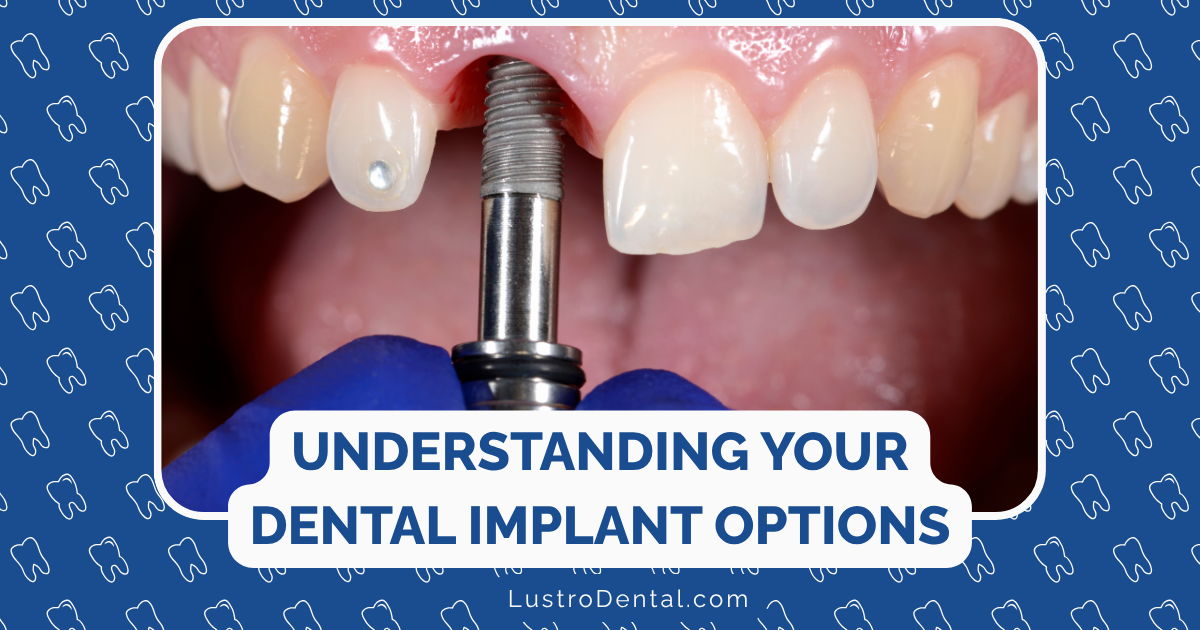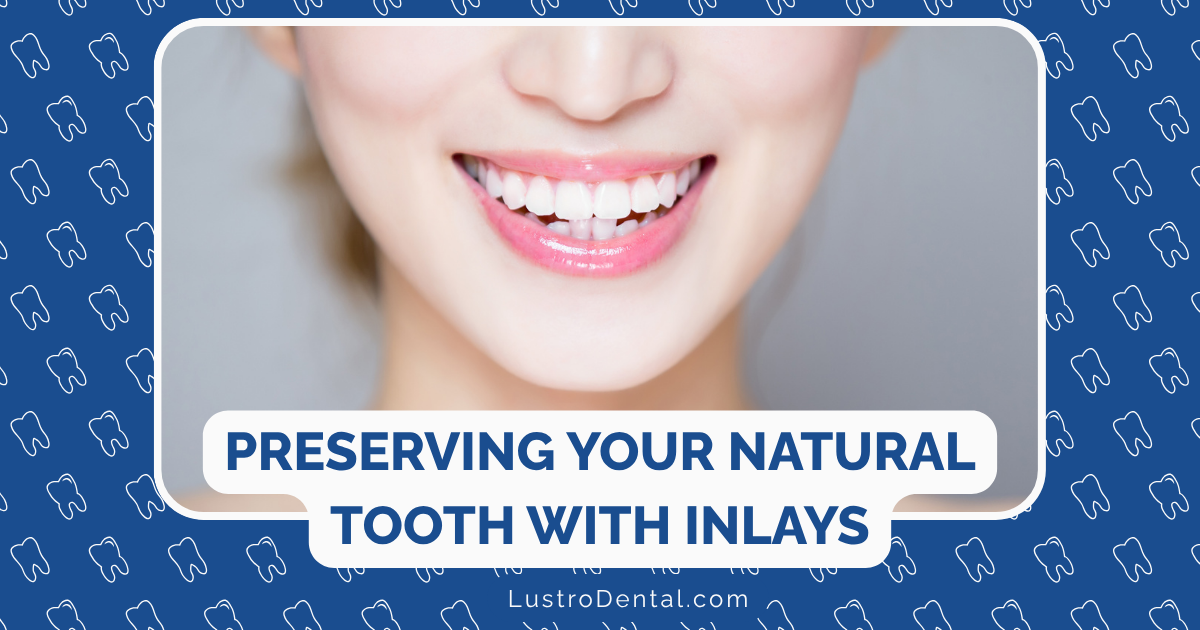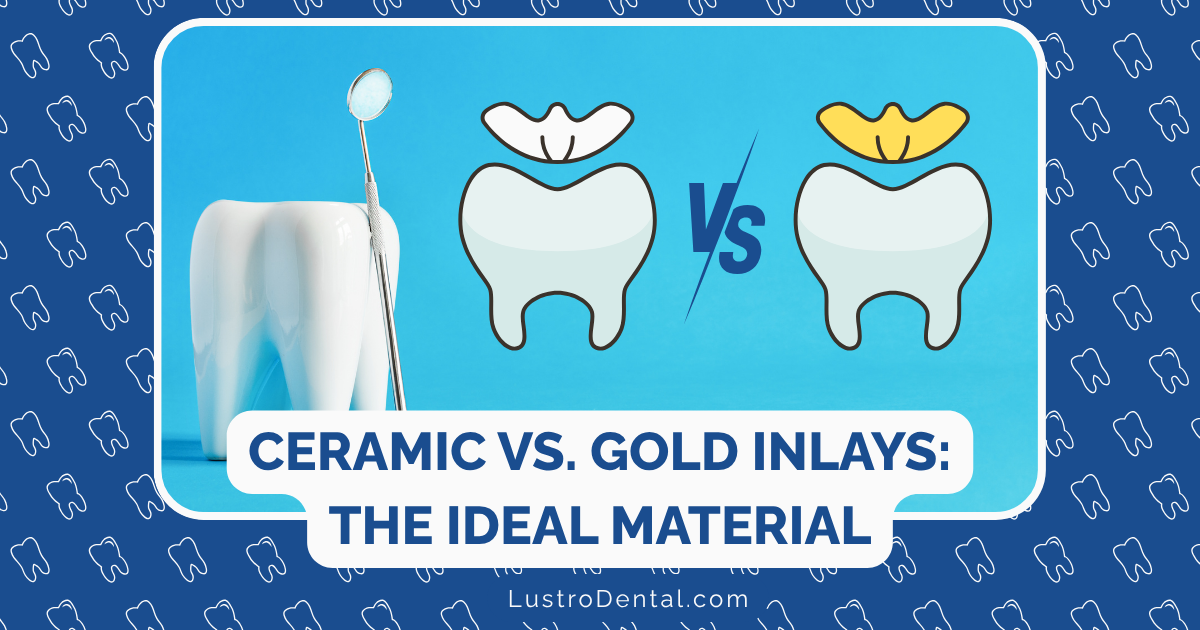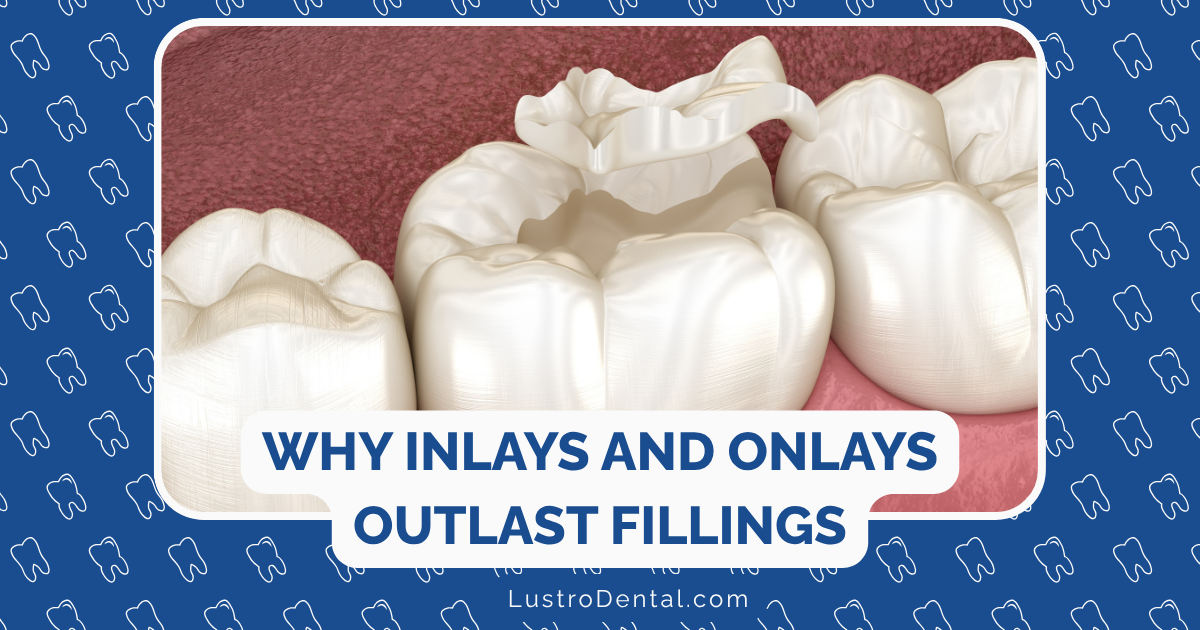The Complete Guide to Dental Implant Options in 2025

Dental implants have revolutionized the way we approach tooth replacement, offering solutions that closely mimic natural teeth in both function and appearance. As we move through 2025, the field continues to evolve rapidly, with new technologies, materials, and techniques expanding the possibilities for patients seeking to restore their smiles.
Whether you’re missing a single tooth, multiple teeth, or require a full-arch restoration, today’s implant options are more diverse and sophisticated than ever before. This comprehensive guide will walk you through everything you need to know about dental implants in 2025—from cutting-edge technologies to cost considerations and everything in between.
As someone who’s passionate about helping patients understand their dental options, I’m excited to share these advances that are making implant treatment more accessible, comfortable, and successful than ever before.
Understanding Dental Implants: The Basics
Before diving into specific options, let’s establish a clear understanding of what dental implants are and how they work:
What Is a Dental Implant?
A dental implant is an artificial tooth root, typically made of biocompatible materials like titanium or zirconia, that’s surgically placed into the jawbone. This implant serves as a foundation for attaching replacement teeth—single crowns, bridges, or even full dentures.
The standard dental implant system consists of three components:
- The implant fixture: The portion that integrates with your jawbone
- The abutment: A connector that attaches to the implant and extends above the gumline
- The prosthesis: The visible portion (crown, bridge, or denture) that looks and functions like natural teeth
How Dental Implants Work: The Science of Osseointegration
The success of dental implants relies on a biological process called osseointegration—the direct structural and functional connection between living bone and the surface of the implant. This process typically takes 2-6 months, depending on various factors including implant type, placement location, and patient health.
According to the American Academy of Implant Dentistry, the success rate for dental implants is now approximately 98%, making them one of the most reliable dental procedures available.
Dental Implant Options in 2025: A Comprehensive Overview
The field of implant dentistry has expanded dramatically, offering solutions for virtually every tooth replacement scenario. Here’s a breakdown of your options in 2025:
1. Single Tooth Implants
What they are: Individual implants that replace a single missing tooth, consisting of one implant fixture, an abutment, and a crown.
Best for: Patients missing one tooth or several non-adjacent teeth.
Latest innovations:
- Bioactive surface treatments that promote faster osseointegration, reducing healing time from 3-6 months to as little as 8-12 weeks in many cases
- One-piece implant systems that combine the implant and abutment, reducing the risk of bacterial infiltration at the connection point
- Custom-milled zirconia crowns that offer superior aesthetics, especially for front teeth
Dr. Sarah Johnson, a prosthodontist at the American College of Prosthodontists, notes: “The advancements in single-tooth implants have made them virtually indistinguishable from natural teeth. With today’s materials and techniques, even dentists sometimes have trouble identifying which tooth is the implant in a full smile.”
2. Implant-Supported Bridges
What they are: Bridges supported by two or more implants that replace multiple adjacent missing teeth.
Best for: Patients missing several adjacent teeth who want a fixed solution without grinding down healthy adjacent teeth (as required for traditional bridges).
Latest innovations:
- Reduced implant-to-tooth ratios: Modern bridges can support more teeth with fewer implants (typically following the “3:2 rule”—three teeth can be supported by two implants)
- CAD/CAM-designed frameworks that offer superior fit and strength
- Hybrid materials combining zirconia for strength with layered ceramics for aesthetics
“Implant-supported bridges have become a go-to solution for multiple missing teeth,” explains Dr. Michael Chen, an implantologist. “The ability to replace several teeth without compromising adjacent healthy teeth represents a significant advantage over traditional bridges.”
3. Full-Arch Solutions
What they are: Complete replacement of all teeth in an arch using multiple implants to support a full set of prosthetic teeth.
Best for: Patients who are missing all teeth in an arch or have severely compromised remaining teeth.
Options include:
a) All-on-4® and All-on-6® Implants
This approach uses four to six strategically placed implants to support an entire arch of fixed teeth. The posterior implants are angled to maximize contact with available bone and avoid anatomical structures like the sinus cavities or nerve canals.
2025 innovations:
- Computer-guided placement for optimal implant positioning
- Immediate loading protocols allowing for fixed temporary teeth the same day as surgery
- Improved prosthetic materials that combine strength and aesthetics while being lighter and more comfortable
b) Implant-Retained Overdentures
These removable dentures snap onto implants via attachment systems, offering improved stability compared to conventional dentures while being more affordable than fixed options.
2025 innovations:
- Advanced attachment systems that provide stronger retention with easier maintenance
- Milled titanium bars that offer superior fit and support
- Hybrid materials that combine the benefits of acrylic and zirconia for better strength and aesthetics
c) Fixed Detachable Prostheses
These screw-retained prostheses are permanently attached to implants but can be removed by a dentist for maintenance.
2025 innovations:
- Monolithic zirconia prostheses offering exceptional strength and reduced chipping risk
- Digital design workflows that allow for precise fit and optimal aesthetics
- Innovative hybrid materials that combine the strength of zirconia with the shock-absorbing properties of acrylic
4. Mini Dental Implants
What they are: Smaller-diameter implants (typically 1.8-3.3mm compared to standard 3.4-5.8mm implants) that require less bone volume for placement.
Best for:
- Patients with insufficient bone width for standard implants
- Stabilizing lower dentures
- Replacing small teeth in narrow spaces
2025 innovations:
- Improved surface technologies that enhance osseointegration despite the smaller surface area
- One-piece designs that eliminate micro-movement concerns
- Specialized placement protocols that improve long-term success rates
Dr. Lisa Rodriguez, a specialist in implant dentistry, explains: “Mini implants have come a long way in recent years. While they were once considered primarily for temporary or transitional use, improvements in design and surgical protocols have made them a viable long-term option for specific situations.”
5. Short and Ultra-Short Implants
What they are: Implants with reduced length (typically 6-8mm compared to traditional 10-16mm implants) designed for areas with limited vertical bone height.
Best for: Patients with insufficient bone height who want to avoid extensive bone grafting procedures.
2025 innovations:
- Macro-threaded designs that increase surface area for better primary stability
- Surface treatments that enhance osseointegration despite reduced length
- Improved success rates approaching those of standard-length implants in many cases
According to research published in the International Journal of Oral & Maxillofacial Implants, short implants now show 5-year success rates comparable to standard implants when properly placed and restored.
6. Zirconia Implants
What they are: Metal-free implants made from zirconium dioxide (zirconia), offering an alternative to traditional titanium implants.
Best for:
- Patients with metal sensitivities or allergies
- Those seeking metal-free dental solutions
- Cases where aesthetics are paramount, especially in patients with thin gum tissues
2025 innovations:
- Two-piece zirconia systems offering greater flexibility in prosthetic options
- Surface modifications that enhance osseointegration
- Improved strength reducing fracture risks that were concerns with earlier generations
“The demand for zirconia implants has grown significantly,” notes Dr. James Wilson, a holistic dentist. “Not only do they address metal sensitivity concerns, but their white color eliminates the risk of grayish discoloration around the gumline that can sometimes occur with titanium implants.”
Cutting-Edge Technologies Transforming Implant Dentistry in 2025
The field of implant dentistry continues to evolve rapidly, with several technologies significantly enhancing outcomes:
1. Advanced 3D Imaging and Planning
CBCT (Cone Beam Computed Tomography) has become the standard for implant planning, providing detailed 3D images of bone structure, nerve locations, and sinus positions. In 2025, these systems offer:
- Ultra-low radiation doses
- Enhanced image quality
- AI-assisted analysis for optimal implant positioning
2. Computer-Guided Surgery
Digital planning software combined with surgical guides has revolutionized implant placement:
- Static guides created from 3D printing provide precise drilling paths
- Dynamic navigation systems offer real-time guidance during surgery
- Robotic-assisted placement is becoming more accessible, offering superhuman precision
A 2024 study in the Journal of Dental Research found that guided implant surgery reduces placement deviation by up to 70% compared to freehand techniques.
3. Digital Workflows and Same-Day Solutions
The combination of intraoral scanning, CAD/CAM technology, and in-office milling has made same-day implant restorations increasingly common:
- Digital impressions eliminate messy traditional materials
- Virtual design allows for optimization before fabrication
- On-site milling enables immediate delivery of provisional or even final restorations
4. Bioactive Materials and Surface Technologies
Implant surfaces have evolved significantly, with features designed to enhance osseointegration:
- Nanostructured surfaces that mimic natural bone architecture
- Hydrophilic surfaces that attract blood and promote healing
- Antimicrobial coatings that reduce infection risk
- Growth factor incorporation that accelerates bone formation
5. Regenerative Techniques
Advanced approaches to bone and tissue regeneration have expanded implant candidacy:
- PRF (Platelet-Rich Fibrin) and PRP (Platelet-Rich Plasma) harness the body’s own healing factors
- Synthetic bone substitutes eliminate the need for harvesting autogenous bone
- 3D-printed scaffolds provide customized solutions for complex defects
- Stem cell therapies are showing promising results in clinical trials
Who’s a Candidate for Dental Implants in 2025?
Thanks to technological advances, more patients than ever are candidates for implant treatment:
Ideal Candidates
- Have good general and oral health
- Possess adequate bone volume or are willing to undergo bone augmentation
- Don’t smoke or are willing to quit during the treatment period
- Have well-controlled chronic conditions (if any)
Challenging Cases Now Treatable
Modern implant solutions have expanded options for patients previously considered poor candidates:
Patients with bone loss: Techniques like bone grafting, sinus lifts, ridge augmentation, and the use of short or angled implants have made treatment possible for many patients with significant bone loss.
Medically compromised patients: Improved protocols have made implant treatment safer for patients with controlled conditions like diabetes or osteoporosis, though careful case selection and monitoring remain essential.
Patients with periodontitis: With proper periodontal therapy before implant placement and rigorous maintenance afterward, patients with a history of gum disease can now enjoy successful implant treatment.
Dr. Robert Garcia, an oral surgeon at the American Association of Oral and Maxillofacial Surgeons, explains: “The advances in regenerative techniques and implant design have dramatically expanded the pool of potential implant candidates. We’re now able to successfully treat many patients who would have been turned away just a few years ago.”
The Dental Implant Process: What to Expect in 2025
The implant journey typically involves several phases, though modern protocols have streamlined the process considerably:
1. Consultation and Planning
- Comprehensive examination including 3D imaging
- Digital treatment planning with virtual implant placement
- Discussion of options and development of a personalized treatment plan
2. Preparatory Procedures (if needed)
- Extractions of compromised teeth
- Bone grafting or sinus lifts to build adequate foundation
- Periodontal therapy to ensure optimal gum health
3. Implant Placement
- Minimally invasive surgery often performed under local anesthesia with sedation options
- Computer-guided placement for optimal positioning
- Immediate provisional restoration in many cases
4. Healing and Integration
- Osseointegration period typically 2-6 months depending on the case
- Progress monitoring with advanced imaging
- Temporary restorations to maintain aesthetics during healing
5. Final Restoration
- Digital impressions of the healed implants
- CAD/CAM design of the final prosthetics
- Delivery and adjustment of the permanent teeth
6. Maintenance and Follow-up
- Regular professional maintenance typically every 3-6 months
- Home care protocols tailored to the specific implant solution
- Periodic imaging to monitor bone levels and implant stability
Dental Implant Costs in 2025
Dental implant treatment represents a significant investment in your oral health and quality of life. Here’s what to expect cost-wise in 2025:
Average Costs by Treatment Type
- Single tooth implant: $3,000-$5,000 (includes implant, abutment, and crown)
- Implant-supported bridge (3 teeth on 2 implants): $6,000-$10,000
- Full-arch treatment (All-on-4® or similar): $20,000-$30,000 per arch
- Implant-retained overdentures: $8,000-$15,000 per arch
Factors Affecting Cost
Several variables influence the total investment required:
- Geographic location: Prices vary significantly by region
- Dentist’s expertise and credentials: Specialists typically charge more than general dentists
- Materials used: Zirconia and other premium materials may increase costs
- Preparatory procedures: Bone grafting or other supplementary treatments add to the total
- Technology employed: Advanced guided surgery may incur additional fees
- Number of implants: More implants generally mean higher costs
Financing Options in 2025
Several approaches can help make implant treatment more affordable:
- Dental insurance: More plans now offer implant coverage, though typically with limitations
- Health savings accounts (HSAs) and flexible spending accounts (FSAs) allow for tax-advantaged payment
- Third-party financing through companies like CareCredit or Lending Club
- In-house payment plans offered by many practices
- Dental tourism: Seeking treatment in locations with lower costs, though this requires careful research
Dr. Lisa Williams, a financial coordinator at a dental implant center, advises: “When evaluating costs, consider the long-term value. Quality implant treatment may have a higher upfront cost but often proves more economical over time compared to alternatives that require frequent replacement or adjustment.”
Caring for Your Dental Implants: Ensuring Long-Term Success
With proper care, dental implants can last decades or even a lifetime. Here’s how to protect your investment:
Daily Maintenance
- Brushing twice daily with a soft-bristled brush
- Flossing around implants using implant-specific floss or water flossers
- Interdental brushes for cleaning hard-to-reach areas
- Antimicrobial mouth rinses as recommended by your dentist
Professional Care
- Regular dental check-ups every 3-6 months
- Professional cleanings with implant-safe instruments
- Periodic imaging to monitor bone levels
- Occlusal adjustments if needed to ensure proper bite forces
Lifestyle Considerations
- Avoid smoking as it significantly increases implant failure risk
- Manage grinding or clenching with a night guard if needed
- Maintain good overall health, as conditions like uncontrolled diabetes can affect implant success
- Avoid using implant teeth as tools for opening packages or biting hard objects
Comparing Dental Implants to Alternative Options in 2025
While implants offer numerous advantages, it’s worth considering how they compare to other tooth replacement options:
Implants vs. Traditional Bridges
Advantages of implants:
- Preserve adjacent tooth structure
- Better long-term bone preservation
- Typically longer lifespan (20+ years vs. 7-15 years)
- Easier to clean and maintain
Advantages of bridges:
- Lower initial cost
- No surgery required
- Faster completion time
- May be covered more extensively by insurance
Implants vs. Removable Partial Dentures
Advantages of implants:
- Fixed in place (don’t move when eating or speaking)
- More natural feel and function
- No clasps or connectors visible when smiling
- Better preservation of bone structure
Advantages of partials:
- Significantly lower cost
- Non-surgical
- Easily modified if additional teeth are lost
- Simpler maintenance
Implants vs. Complete Dentures
Advantages of implant solutions:
- Superior stability and chewing efficiency (up to 90% of natural teeth vs. 20-30% with conventional dentures)
- Prevents bone loss
- No adhesives needed
- More natural feel and appearance
Advantages of conventional dentures:
- Lower upfront cost
- No surgery required
- Faster treatment completion
- Easier to modify if facial structure changes
The Future of Dental Implants: Emerging Technologies
Looking beyond 2025, several exciting developments are on the horizon:
1. Smart Implants
Implants with embedded sensors that can:
- Monitor occlusal forces
- Detect early signs of infection or bone loss
- Transmit data to dental professionals for proactive intervention
2. Bioactive Materials
Next-generation materials that:
- Actively stimulate bone growth
- Release therapeutic agents to prevent infection
- Adapt to changing conditions in the oral environment
3. 3D Bioprinting
Advancements in bioprinting may eventually allow for:
- Custom-printed bone scaffolds seeded with the patient’s own cells
- Bioprinted gum tissue for enhanced aesthetics
- Potentially even bioprinted tooth structures
4. Stem Cell Therapies
Research continues into using stem cells to:
- Regenerate natural teeth
- Create biological tooth roots
- Enhance bone and gum regeneration around implants
Making the Decision: Is Implant Treatment Right for You?
When considering dental implants, ask yourself and your dental provider these key questions:
- What are my treatment goals? (Functionality, aesthetics, longevity, etc.)
- Am I a good candidate based on my oral and general health?
- What specific implant option best suits my situation?
- What is the total treatment timeline?
- What will be my total investment, including any preparatory procedures?
- What financing options are available to me?
- What maintenance will be required to ensure long-term success?
Conclusion: The Transformative Power of Dental Implants
Dental implants in 2025 represent the pinnacle of tooth replacement technology, offering solutions that closely mimic natural teeth in both function and appearance. With continued advancements in materials, techniques, and digital technologies, implant treatment has become more accessible, predictable, and comfortable than ever before.
Whether you’re missing a single tooth or require full-mouth rehabilitation, today’s diverse implant options can be tailored to your specific needs, preferences, and budget. By working with a qualified implant dentist and following recommended maintenance protocols, you can enjoy the benefits of your implant restoration for decades to come.
The investment in dental implants is ultimately an investment in your quality of life—restoring not just your smile, but your ability to eat, speak, and interact with confidence. As technology continues to evolve, the future of implant dentistry looks brighter than ever, with even more innovative solutions on the horizon.
Have you had dental implant treatment or are you considering it? We’d love to hear about your experience in the comments below!
Disclaimer: This article is for informational purposes only and does not constitute medical advice. Please consult with your dentist to determine the best treatment options for your specific situation.







